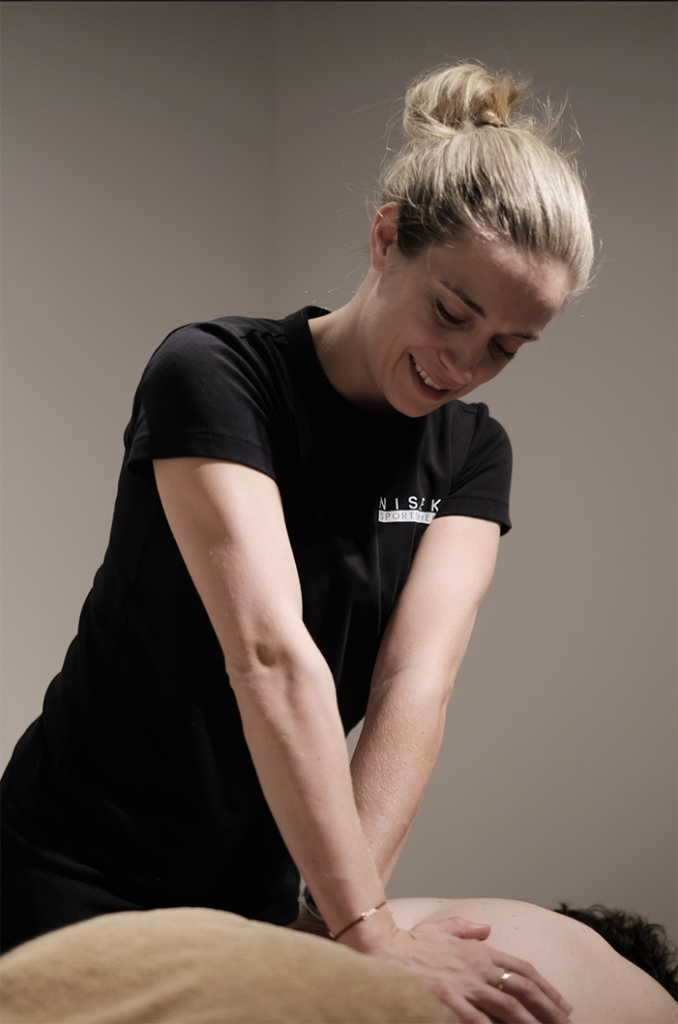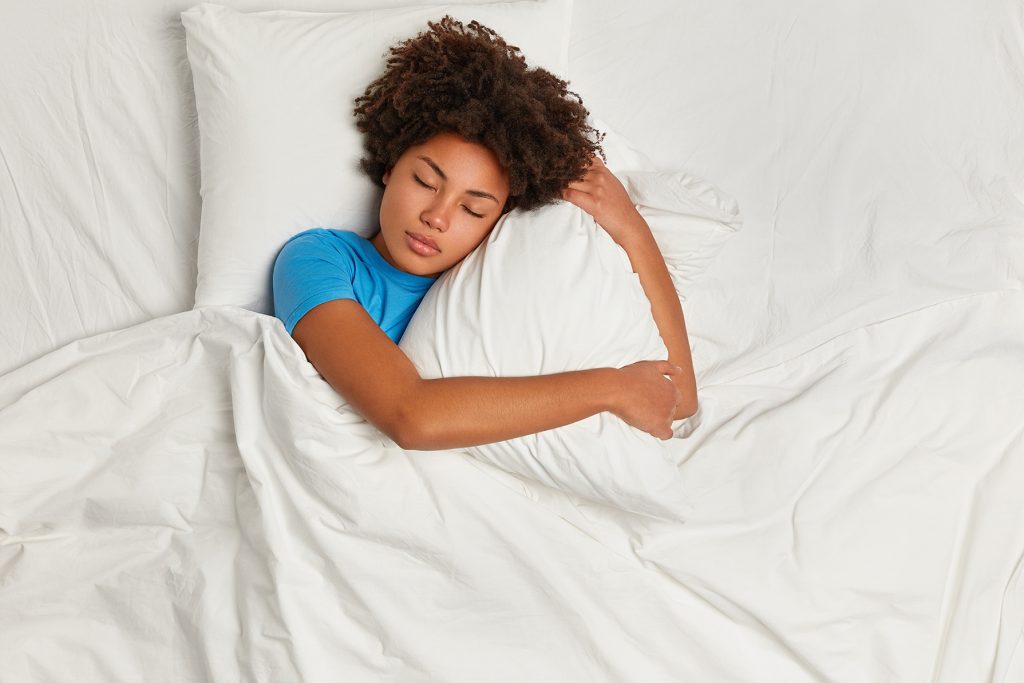NOMAD WELLNESS NISEKO | 070 9090 8183 | info@nomadwellnessniseko.com
Muscular Strains
and individuals may experience strains or injuries in specific areas.

Lower Leg Muscles
Common Issues: The frequent flexion and extension of lower leg muscles during skiing and snowboarding can lead to overuse injuries, particularly strains in the gastrocnemius and soleus.
Assessment: Our physiotherapists assess range of motion, strength, and signs of tenderness, with a focus on the stresses these sports place on the lower legs.

Groin Muscles
Common Issues: Quick, lateral (sideways) movements can strain the groin muscles, leading to acute or chronic injuries.br>
Injuries in the groin area can be acute (one leg slipping out laterally while skiing) or chronic (overuse). A physio would be able to access and treat both.
Assessment: We thoroughly evaluate pain, weakness, and range of motion limitations in the groin, considering the demands of skiing and snowboarding.
Back Muscles
Common Issues:
The twisting, turning, and upright posture required for both skiing and snowboarding often strain the lower back muscles. Injuries may range from muscle strains to disc injuries which could be acute or chronic. Additionally, neural symptoms like numbness, pins and needles, radiating pain, or strength loss are common.
Other Factors: Many patients experience back pain not only from snow sports but from factors like:
- Travel: Long flights or trips and carrying luggage.
- Sleeping: Unfamiliar mattresses or pillows can cause discomfort.
- Sedentary Lifestyle: Pre-existing back issues due to extended periods of sitting.
Assessment: Our team examines both upper and lower back muscles, addressing each unique source of strain to promote optimal recovery.

Travel
Long haul flights or bus/train trips, as well as carrying luggage is a common cause for pain.

Sleeping
Using unfamiliar pillows and mattresses whilst travelling to Niseko can cause muscular pain or a locked facet (when it feels as if your neck cannot turn in a specific direction - as if it’s blocked).

Sedentary job
many patients come to Niseko with existing back issues due to a sedentary job life and sitting too much.
Evaluation of the spine’s mobility, muscle strength, and signs of nerve involvement is crucial for determining the extent of lower back injuries related to both skiing and snowboarding. Understanding the biomechanics of movements in both sports guides the assessment process.
Therapeutic Approaches
Applying myofascial release techniques can be beneficial for addressing tension in the fascia surrounding muscles. It aids in improving flexibility and reducing muscle tightness, addressing common issues in both skiing and snowboarding.
Targeting specific trigger points through massage or manual pressure is effective for alleviating localized pain and discomfort in areas prone to strain during both sports, such as the groin and lower back.
The application of kinesio tape provides support to injured muscles, reduces swelling, and enhances circulation. This approach is valuable for stabilizing affected areas without restricting the natural range of motion in both skiing and snowboarding.
Neural gliding/neural mobilisation, is a physiotherapy technique that involves gently mobilizing and stretching nerves to improve their flexibility and reduce any adverse effects of nerve tension or compression. The term “flossing” is metaphorical and implies the gentle, rhythmic movement of nerves, similar to flossing a string through tight spaces.
The nervous system, including peripheral nerves, can sometimes become restricted or irritated due to various factors such as trauma, injury, inflammation, or poor posture. Neural flossing aims to address these issues by promoting optimal nerve mobility and reducing symptoms associated with nerve dysfunction, such as pain, tingling, or numbness.
Our rehabilitation approach to muscular strains focuses on restoring strength and flexibility to the affected muscles through progressive exercises and targeted therapies. We tailor each recovery plan to address your specific strain, whether it’s from skiing, snowboarding, or other activities. Our goal is to help reduce pain, improve muscle function, and prevent future injuries, so you can get back to the slopes with confidence and resilience.
The nervous system, including peripheral nerves, can sometimes become restricted or irritated due to various factors such as trauma, injury, inflammation, or poor posture. Neural flossing aims to address these issues by promoting optimal nerve mobility and reducing symptoms associated with nerve dysfunction, such as pain, tingling, or numbness.
